Greenwich Park Targets Low-Income Residents
New East Side complex mixes subsidized and market rate apartments.
In about a month, residents will begin moving into the first phase of the Greenwich Park affordable housing complex on Milwaukee’s East Side, now that construction is completed and the finishing touches are being added to the interior.
Mercy Housing Lakefront, the non-profit that’s developing and managing the site, is already receiving and reviewing rental applications for the 53 units. The organization expects to receive their certificate of occupancy by early December and some move-ins the same month.
The second phase of the project will include 40 additional units and will be located south of phase one. It will be built on the neighboring US Bank parking lot and connected to the first building in the complex.
The housing development is part of a larger effort to combat homelessness and the housing affordability gap in this city. Matthew Desmond, a Harvard professor and author of the groundbreaking book Evicted, which chronicles eviction in Milwaukee, noted in a recent panel hosted by Mercy that eviction and a lack of reliable affordable housing can be catalysts for poverty rather than symptoms.
“Poverty reduces people born for better things,” Desmond said at his talk. In his research, Desmond found that in this city’s majority-black neighborhoods, one in 14 renting households is evicted each year. During the last 16 years, Desmond found, median rent nationwide has increased more than 70 percent, after adjusting for inflation, making it increasingly unaffordable for low-income residents.
The Greenwich Park development is offering 36 of its 53 units to individuals and families making 60 percent or less than the area’s median income, 14 of which will go to those making less than 30 percent of that median income. The remaining 17 will be rented out at market rates. Still, all the apartments are the same; in fact, the market rate and level of subsidy are not designated or dependent on building designs, according to Carolyn Reid, the project manager at Greenwich.
The project was awarded $652,500 in tax credits from the Wisconsin Housing and Economic Development Authority, whose mission is to prioritize affordable housing. In order to meet construction costs the developers had to stack financing from other sources, including grants and the income from the market-rate units.
Mark Angelini, the President of Mercy Housing Lakefront, says the organization chooses locations that can serve the needs of the residents and help them benefit from the affordable housing. Across the street from the apartments is a hospital operated by Columbia St. Mary’s with many employees that qualify for below market rate housing and currently commute from locations as far as 30 minutes away.
Many of the residents will probably be minority single mothers and women. Desmond found in his research that the majority of the women suffering from evictions and a lack of affordable housing are minority women. He called eviction in Milwaukee, “The feminine equivalent of mass incarceration.”
Without decent affordable housing, the majority of poor renting families in Milwaukee are spending half of their income on housing, Desmond said. And the average person in eviction court is spending roughly 75 percent of his or her income on housing.
“Your net earnings shouldn’t limit the right for you to live in a decent place,” Angelini says.
Some of the residents at Greenwich will be moving there from Johnston Supportive Housing, another Mercy building which provides housing for homeless and disabled individuals, as well as those in danger of becoming homeless, Angelini notes. Greenwich will help its residents move on to the next stage of their life.
“It’s a testament to their character and their drive – even if they’re struggling economically – that they’re there because of who they are” Angelini says of the Greenwich residents. “And that strength is something that they want to carry forward.”
Inside Greenwich Park Apartments
Phase I Renderings and Aerial View
Phase II Renderings
More about the Greenwich Park Apartments Development
- Finally, Greenwich Park Apartments Opens - Graham Kilmer - May 4th, 2017
- Greenwich Park Targets Low-Income Residents - Graham Kilmer - Nov 21st, 2016
- Friday Photos: Greenwich Park Nearly Complete - Jeramey Jannene - Sep 16th, 2016
- Friday Photos: New Apartments for the East Side - Jeramey Jannene - Jul 29th, 2016
- Eyes on Milwaukee: Greenwich Park Apartments Taking Shape - Jeramey Jannene - Feb 12th, 2016
- Friday Photos: Finally Comes Greenwich Park Apartments - Jack Fennimore - Nov 27th, 2015
- Plats and Parcels: 342 More Apartments Approved - Dave Reid - Jun 9th, 2015
- Eyes on Milwaukee: Commission Approves 6-Story East Side Apartments - Dave Reid - Oct 29th, 2013
- Eyes on Milwaukee: They Like It, They Really Like It - Dave Reid - Oct 16th, 2013
- Eyes on Milwaukee: New Design for Greenwich Park Apartments - Dave Reid - Oct 9th, 2013
Read more about Greenwich Park Apartments Development here


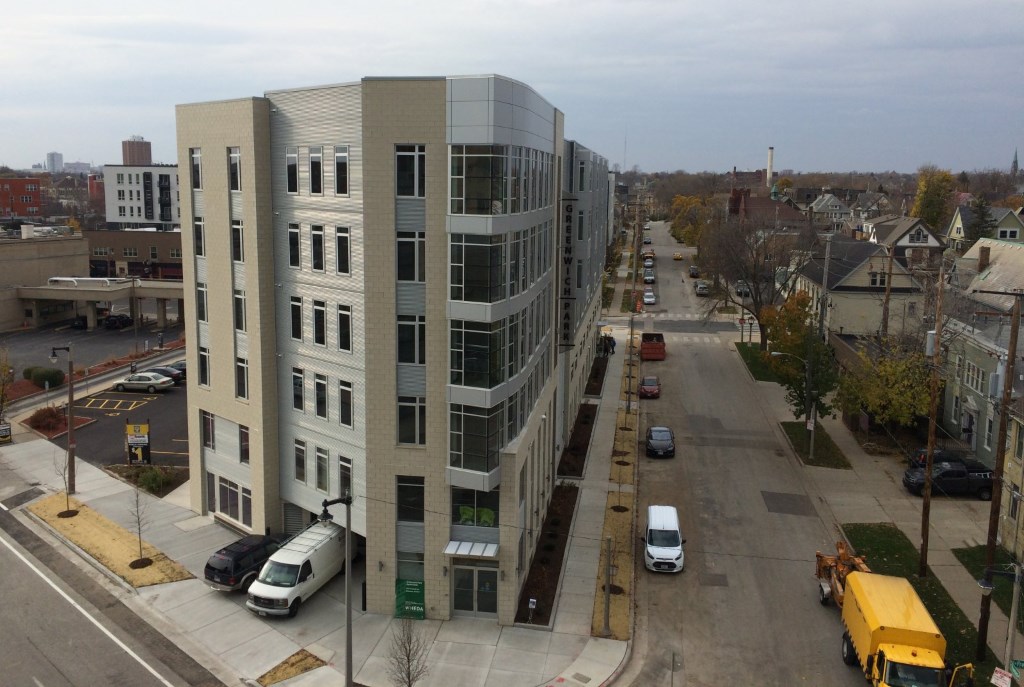
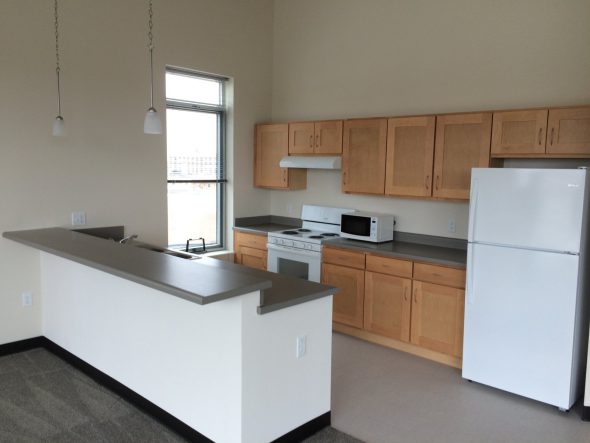
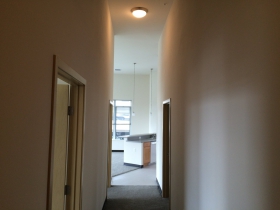
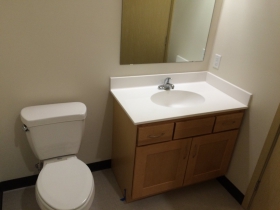
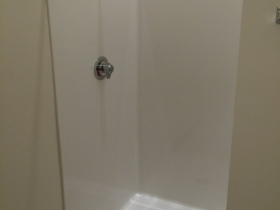
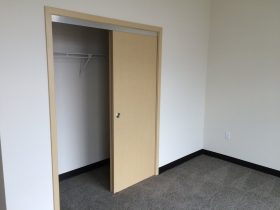
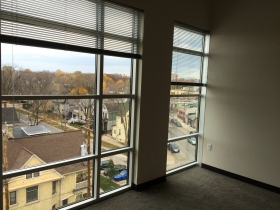
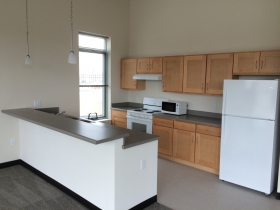
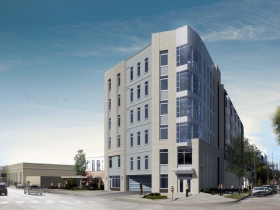
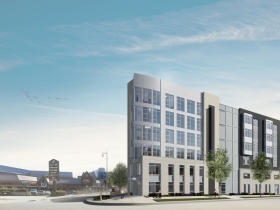
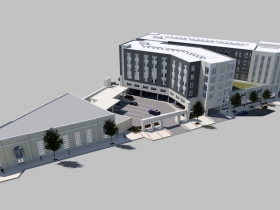
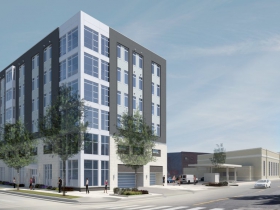
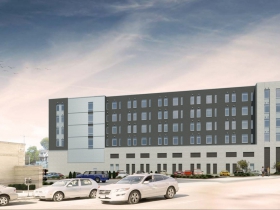
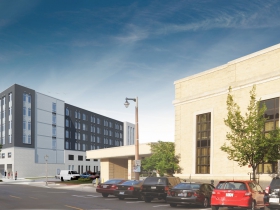
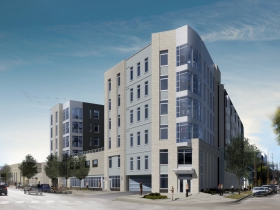
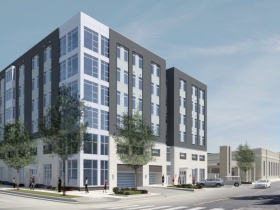
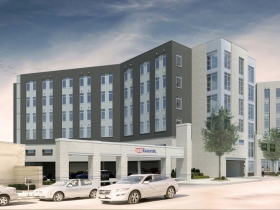
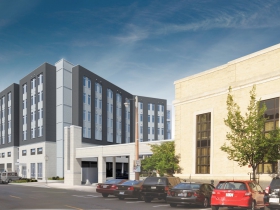




















Thank you for covering this commitment that Mercy Housing has to the city of Milwaukee. The poor and working class of Milwaukee need more of these hand up opportunities.